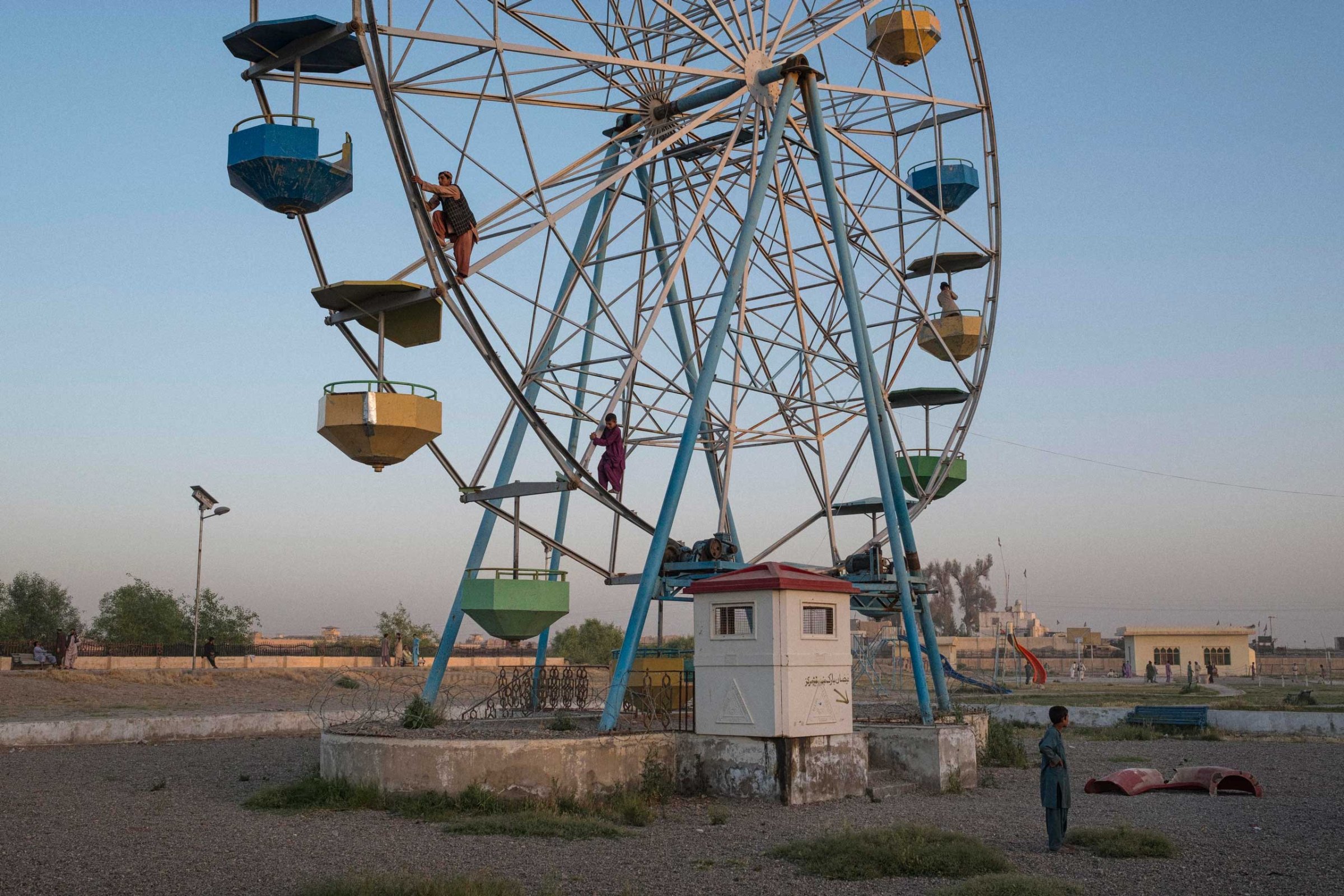
With at least 20% of Afghanistan still in the hands of a resurgent Taliban, the longest war in American history is far from over. Last week, President Barack Obama announced he would prolong the nation’s presence into the country well into 2017 with 8,400 troops expected to remain by the time he leaves office.
The news didn’t make front pages, but for Andrew Quilty, who’s been photographing the conflict from Kabul for the past three years, the world’s attention is essential. “Despite arguably good intentions, the 14-year international intervention in Afghanistan has been largely disastrous for all involved,” he tells TIME. “The international community shouldn’t be allowed to just walk away and forget Afghanistan.”
Quilty, who hails from Australia, one of the many countries that joined Operation Enduring Freedom in 2001, feels “somewhat responsible,” he says, for pushing out information to the world. In recent weeks, he’s visited some of Afghanistan’s more unstable regions, including Helmand.
Ahead of a retrospective of his work from Afghanistan that will go on show at the Visa pour l’Image festival [the exhibition is curated by the writer of this article] in September, Quilty explains why he’s committed to this story.
Olivier Laurent: Why go back to Helmand considering the security situation?
Andrew Quilty: In Afghanistan, come spring, attention invariably turns to the south; particularly Helmand — one of the Taliban’s firmest strongholds. That being the case it’s no coincidence that Helmand is also home to the world’s largest opium crop, the lucrative harvest of which comes during April each year. Following the harvest comes the Taliban’s inevitable “spring offensive” and the ensuing fighting season. The timing is isn’t arbitrary. It coincides with the thick vegetation afforded by spring, and a freshly bulging war-chest.
The first two times I visited this Spring were spent with writer colleagues (also my housemates in Kabul) traveling to several frontlines within an hour or two of Lashkar Gah, Helmand’s capital. With attrition and desertion rates as high as 30% among Afghan security forces, we wanted to see what life was really like for the soldiers manning these frontlines in the country’s most hotly contested province. Secondly, we wanted to gauge how vulnerable Lashkar Gah was. After a major Taliban offensive in December 2015 that had government forces fighting from the city gates, many were predicting its fall come spring.
It was during these trips that I was struck by just how close some of the frontlines were to the capital, and how regularly fighting would erupt. While few military commanders would allow us to stay overnight (when most of the fighting occurs), from the hotel dining room (where we’re often the only guests) we’d see tracer rounds arc above the horizon and hear the thump of artillery and mortars from areas we’d been hours earlier, sometimes less than a half hour drive away. Yet — at least on the surface — Lashkar Gah’s residents appeared to be oblivious.
I think it’s a common misconception about war zones — that all there is is war. In Lashkar Gah, while the war has harmed the economy — resulting in an uptick in crime — and a generally diminished quality of life, bakeries still open before dawn, children continue going to school and boys play sports on dusty fields each afternoon. Even with the war on its doorstep, as clichéd as it sounds, life goes on.
But it’s not quite as simple as that.
Olivier Laurent: What’s the situation there? Why is it important to document what’s happening in Afghanistan in general and Helmand in particular?
Andrew Quilty: Like much of the country, Helmand is becoming increasingly risky to travel to, especially outside the provincial capital. This, combined with the gradual decrease in interest in Afghanistan, means that very few journalists are traveling outside Kabul, to places like Helmand, even compared to one or two years ago. There are a number of reasons for this, but the main one, I believe, is that news organizations rarely think the demand for information from these places justifies the risk of commissioning reporting anymore.
On the one hand, I understand that the proximity/empathy scale that news organizations work off no longer warrants the risks that, in the case of Afghanistan, were routinely taken when over 100,000 American soldiers were here. On the other hand, having been in Afghanistan a few years now, I feel somewhat responsible for pushing out information so that the international community doesn’t forget about it. Despite arguably good intentions, the 14-year international intervention in Afghanistan has been largely disastrous for all involved. The international community shouldn’t be allowed to just walk away and forget Afghanistan.
Why Helmand though? From an international audience’s perspective: since 2001, Helmand has been a major epicenter of the war. More international soldiers were killed there than anywhere else in the country. It was the breeding ground for the insurgency, and now, the majority of the province is either controlled or contested by the Taliban. Helmand is symbolic of the failure of the international combat mission, anti-narcotics and anti-corruption initiatives, counter-insurgency strategy and international development projects.
From a domestic perspective, Helmand represents the conservative, ethnic Pashtun heartland and the Taliban’s support base. It symbolizes successive national governments’ inability to thwart corruption and to reconcile ideological differences between the tribes, factions and long-established patronage networks.
Olivier Laurent: Your photos show a sort of parallel state of affairs, where war seems to have become a normal part of life.
Andrew Quilty: It’s true, Helmandis are inured to war. There’d be very few who have experienced sustained peace in their lifetimes. That’s not to say they accept it; it’s more like they’re resigned to it. I get the sense that the people in Helmand are exhausted by war. It’s a constant. Nowadays, not even the winter months bring respite from the fighting the way it did a few years ago.

And yes, you see the war’s effect on what should be normal life. In a dilapidated amusement park by the Helmand River, I watched a young man climbing the outer struts of a long-neglected ferris wheel. His weight was enough to give two young boys a quarter revolution in one of the gondolas. Another man approached and lamented how the ferris wheel would never turn of its own accord again; investment, even in the capital, he said, had all but ceased. There was too much risk that infrastructure would be destroyed in the event that Lashkar Gah was overrun by the Taliban, as had happened only months before in Kunduz, in the north of the country.
Olivier Laurent: You’ve committed a lot of the last few years to Afghanistan. Why?
Andrew Quilty: It’s hard to put a finger on what keeps me here. It can be an incredibly frustrating and difficult place to work and live. As a photographer, it’s the best and the worst country I’ve ever tried to photograph because you have to let so many things you see — often from a car window — go by, because, for one reason or another, it’s not safe to stop and be seen. Similarly it’s often not advisable to be out at dusk or after dark, which means driving through the beautiful “golden hours” to get home rather than working amidst them, which has always been one of my favorite parts of the job. Furthermore, there are cultural impediments to photographing women, half the country is too dangerous to even contemplate accessing, and perhaps most frustratingly, documenting the other side of the conflict — the Taliban side — is almost entirely out of the question as a foreigner.
Read next: The Story Behind the Haunting Photo of a Starving Afghan Boy
I suppose that says a lot about the reasons for committing to Afghanistan. It really comes down to the fact that I’ve found immense meaning and purpose in what I’ve been able to do here. It’s hard to point a camera in any direction without it coming upon a scene that has depth beyond the physical and the aesthetic, which I now feel, is much of what my earlier work was about. Having said that, I do find Afghanistan absurdly photogenic as well, and so combining these two elements makes for an undeniably compelling environment for a photojournalist.
Finally, and this is something that has begun to weigh heavily in recent weeks — particularly after the death of David Gilkey — there is a sense of responsibility to stick-it-out as interest in Afghanistan wanes. Having said that, and even considering that the country is becoming increasingly difficult to work in, it’d be hypocritical for me not to have to seriously wrestle with the prospect of leaving, if and when the time comes.
Andrew Quilty is an Australian photographer based in Kabul. His show, After Enduring Freedom, will go on show at the Visa pour l’Image photojournalism festival in Perpignan, France, from Aug. 27 to Sept. 11, 2016.
Olivier Laurent is the editor of TIME LightBox. Follow him on Twitter and Instagram @olivierclaurent
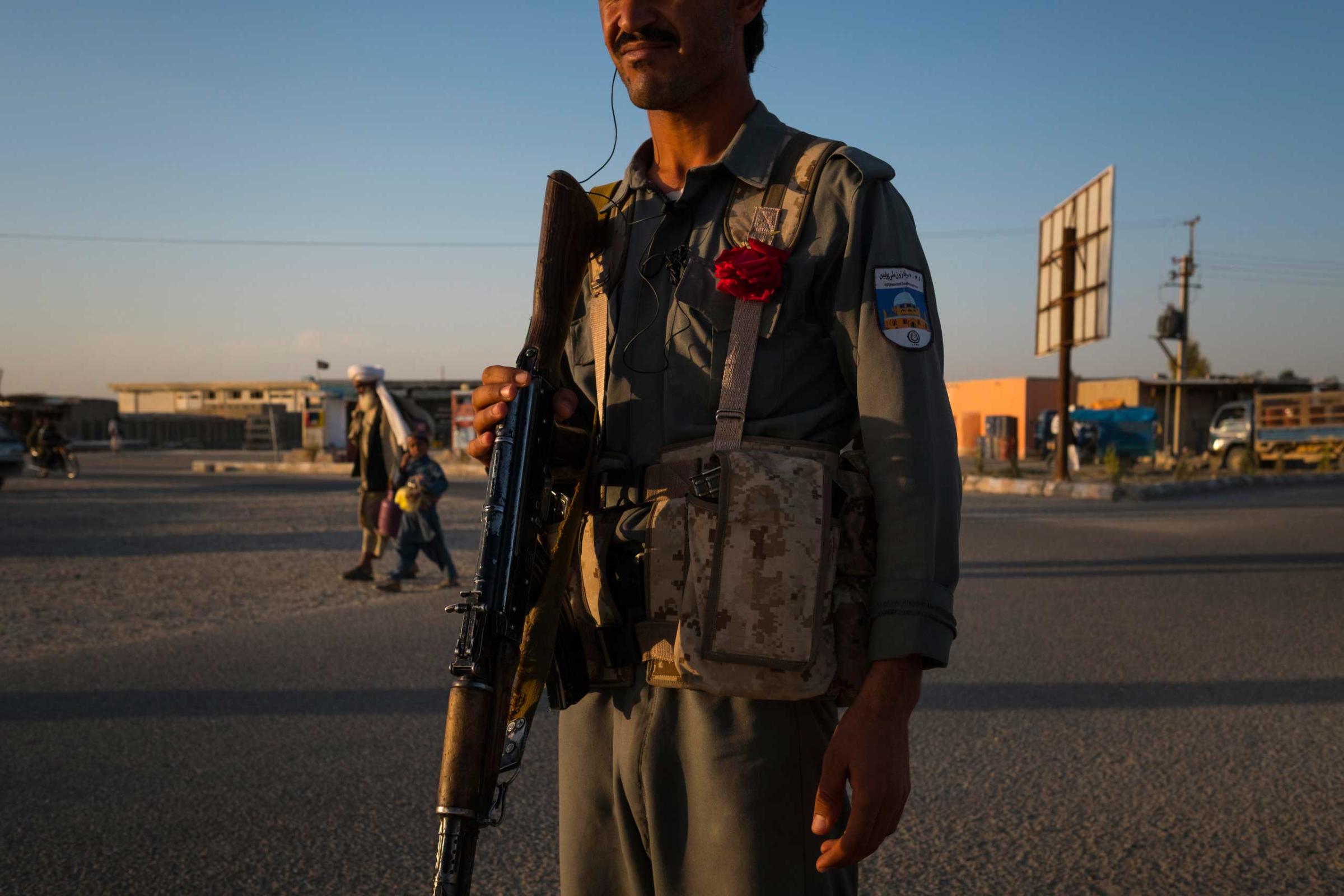

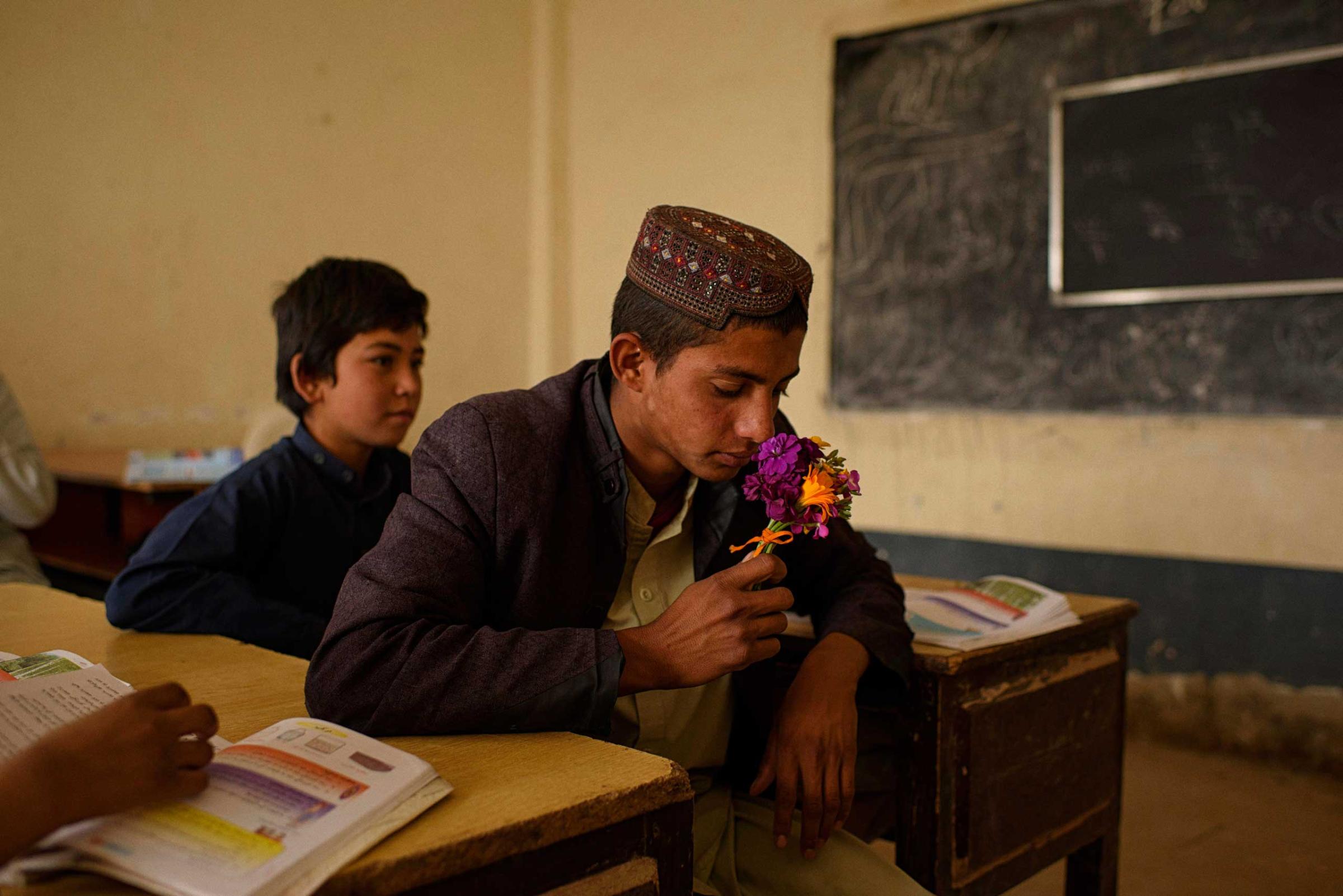
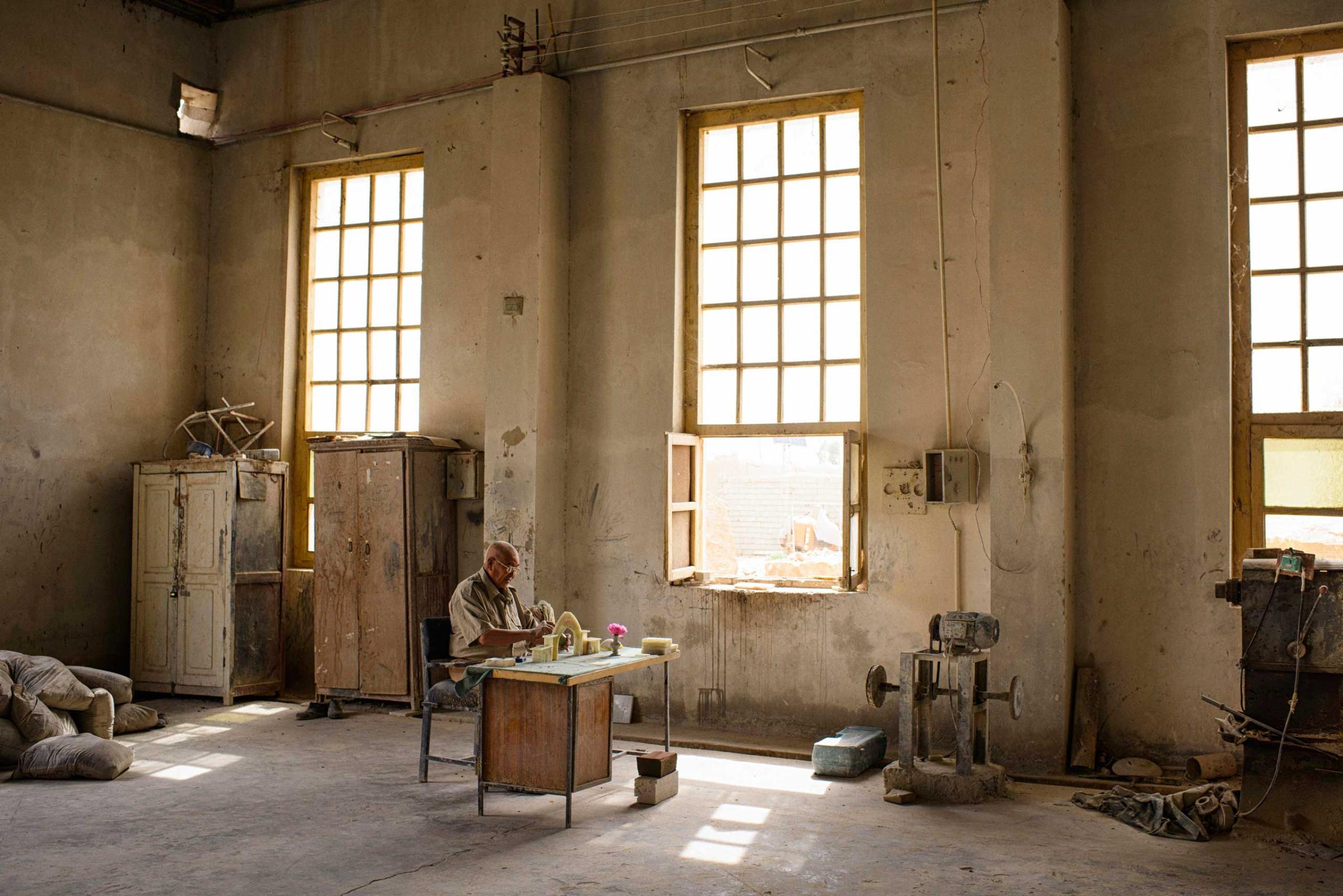

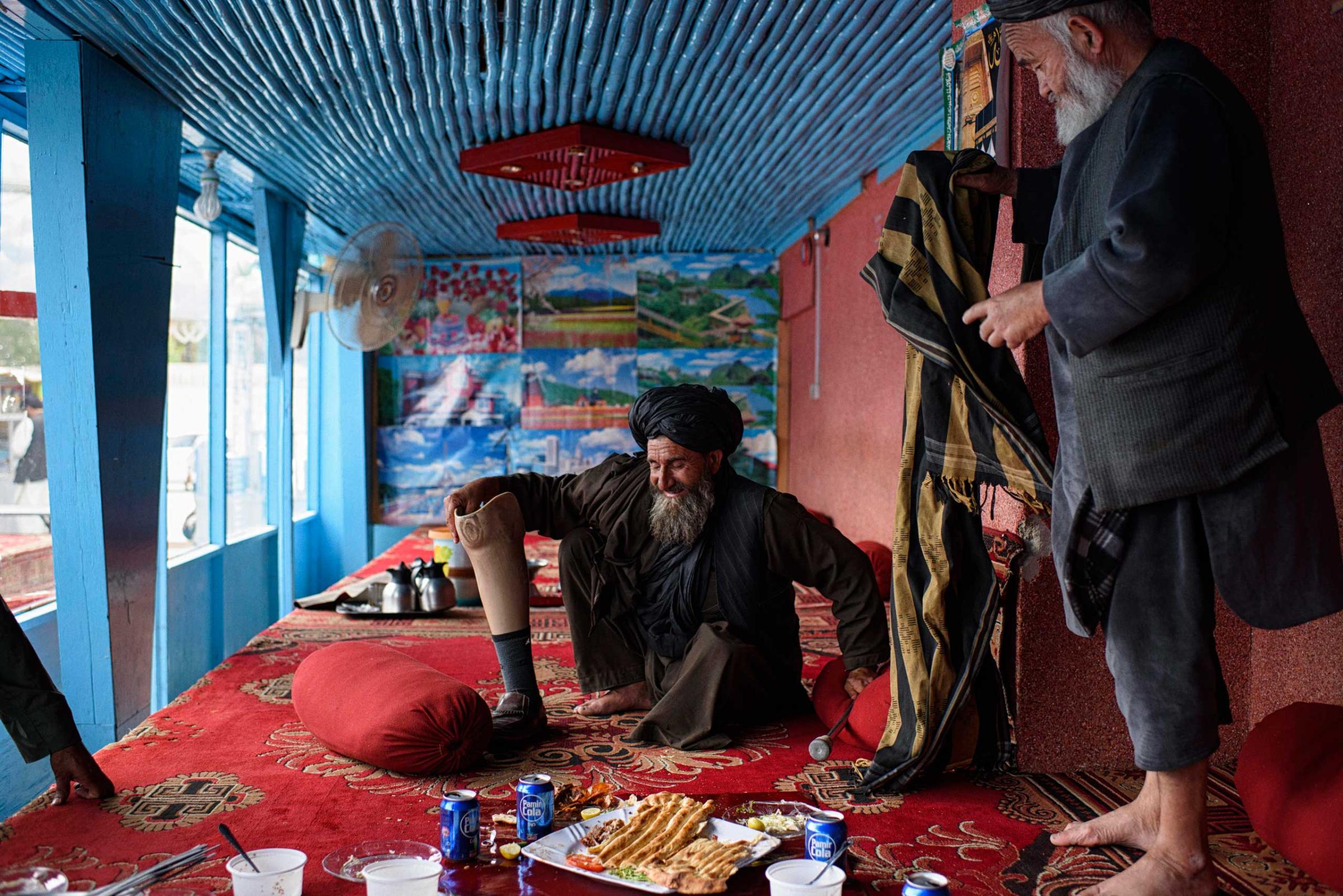



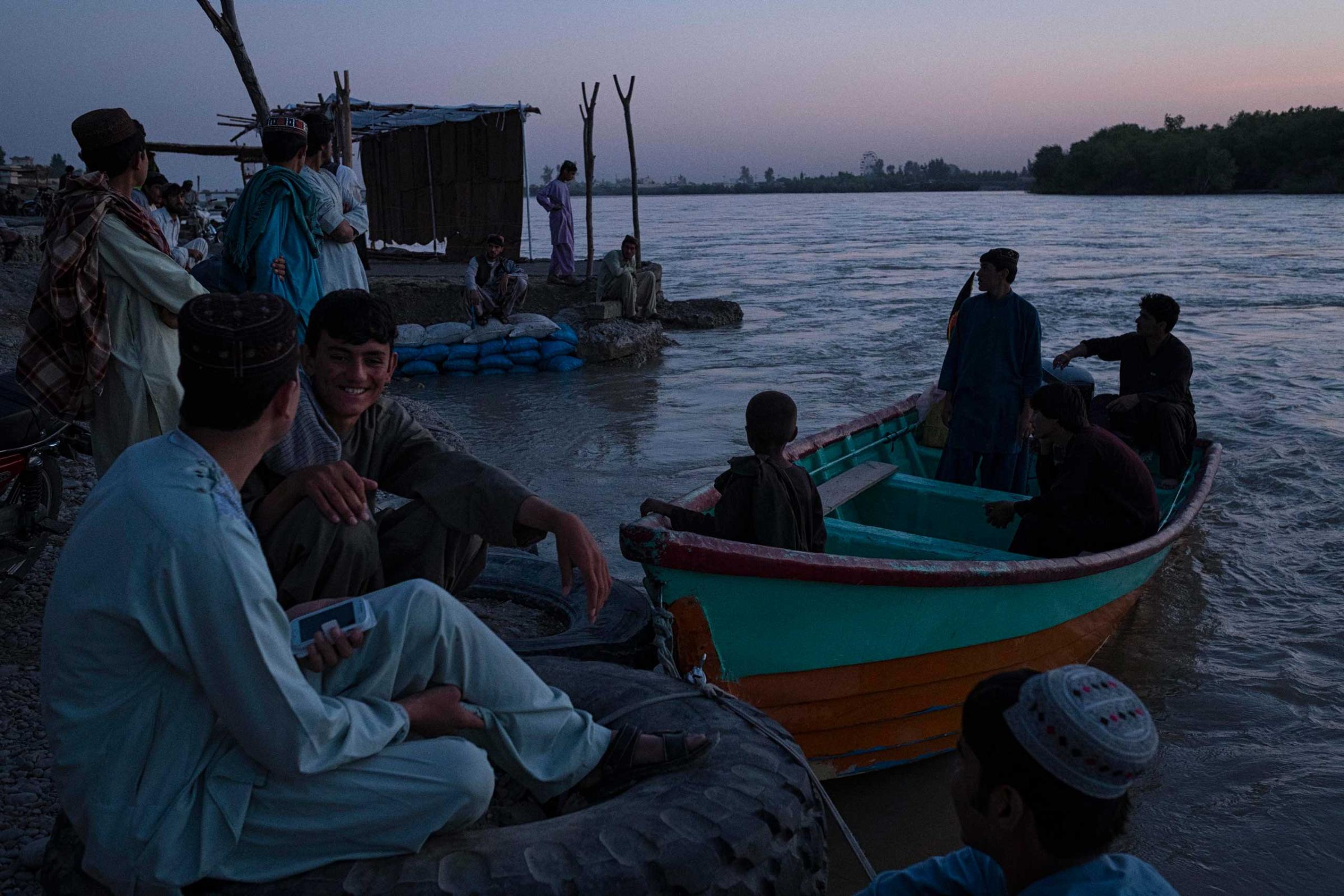


More Must-Reads from TIME
- Cybersecurity Experts Are Sounding the Alarm on DOGE
- Meet the 2025 Women of the Year
- The Harsh Truth About Disability Inclusion
- Why Do More Young Adults Have Cancer?
- Colman Domingo Leads With Radical Love
- How to Get Better at Doing Things Alone
- Michelle Zauner Stares Down the Darkness
Contact us at letters@time.com